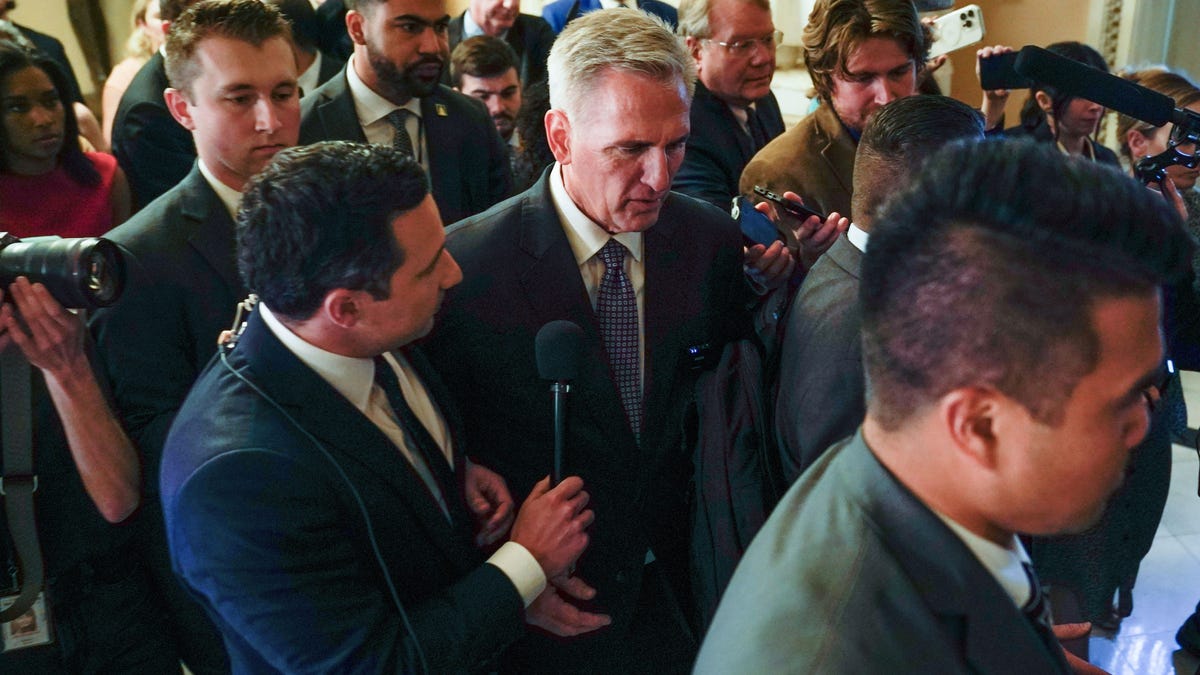One of the key promises behind President Donald Trump’s tariff strategy was to revive U.S. manufacturing. But the policies intended to lay that foundation are currently having the opposite effect.
During the past three months, as President Donald Trump and his administration have worked to finalize tariff rates across dozens of countries and product categories, U.S. manufacturing has contracted—according to the Institute for Supply Management’s May report.
“57% of the manufacturing sector’s GDP contracted in May,” Susan Spence, chair of the Institute for Supply Management’s Manufacturing Business Survey Committee, said during a press briefing Monday. “That’s up from 41% in April. The contraction is deepening.”
Manufacturing continued to contract in May
The institute’s Purchasing Managers Index fell to 48.5% in May, 0.2 percentage points lower than April’s 48.7%. A number consistently below 50% means manufacturing is contracting.
Unable to view our graphics? Click here to see them
“The headwinds from tariff increases are starting to show up in economic data,” wrote Bill Adams, chief economist for Comerica. “The ISM Manufacturing PMI reports that tariffs are a drag on business, as is the uncertainty about where tariffs will settle over the longer term.”
As part of its monthly reports, the Institute for Supply Management includes anonymous quotes from its survey panel on current business conditions. In the latest release, every comment touched on tariffs. One manufacturing manager expressed cautious optimism over the easing of tariffs in May—but remained concerned about the ongoing uncertainty:
“Tariff whiplash continues while the easing of tariff rates between the U.S. and China in May was welcome news, the question is what happens in 90 days. We are doing extensive work to make contingency plans, which is hugely distracting from strategic work.”
What manufacturing managers said about tariffs in May
Below, managers from various industries reported how tariffs affected their organization in May, according to those quoted in the Institute for Supply Management’s release:
Trump administration asks for countries’ best offers
“Production is frozen,” Spence said Monday. “Growth can’t resume until we get clarity on tariff policy.”
Could some of the uncertainty surrounding tariffs be resolved soon?
An exclusive report from Reuters on Monday said the Trump administration has set a deadline of June 4 for countries to give the United States their best and final tariff offers. The deadline would give the administration five weeks before its July 8 deadline, or 90-day pause, that they set on April 9.
US economy is still growing
While Monday’s report wasn’t upbeat for manufacturers, it did show that the broader economy is still growing. If the manufacturing index remains over 42.3%, it generally indicates that the economy is still expanding.
“Goods-producing sectors of the economy will likely contract in 2025,” Adams wrote. “However, service-providing industries, which account for most economic activity and employment, are likely to keep growing and help the economy avoid a recession.”










